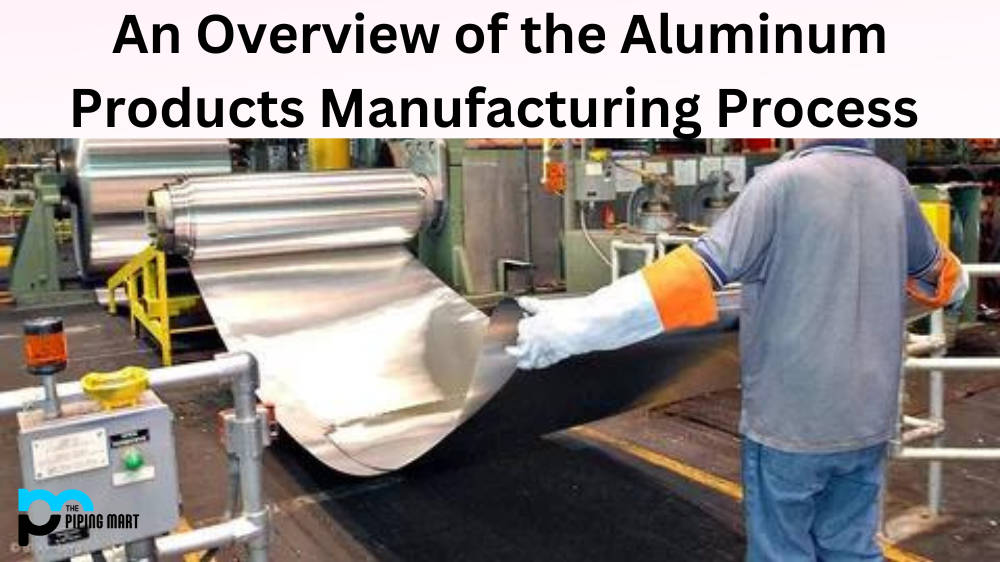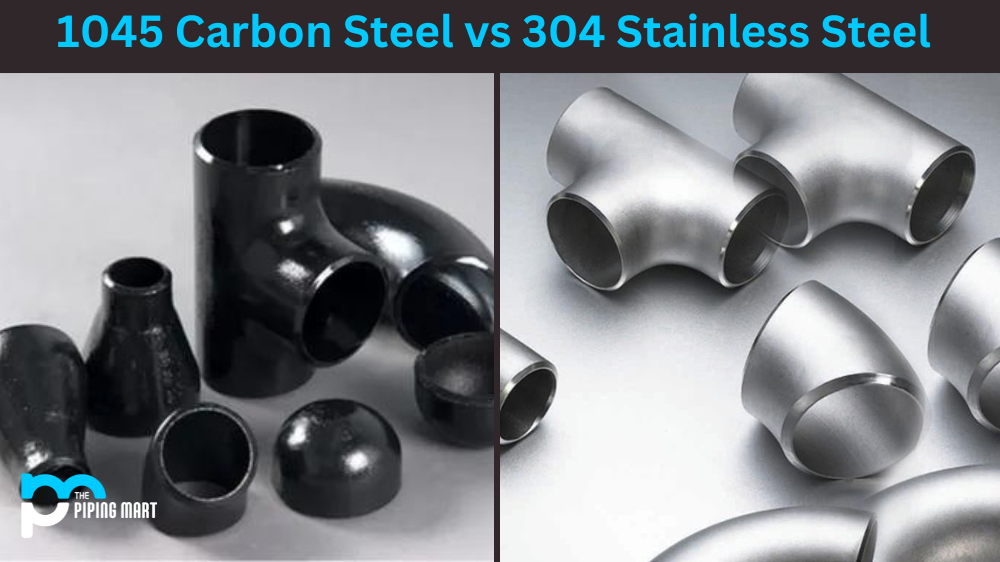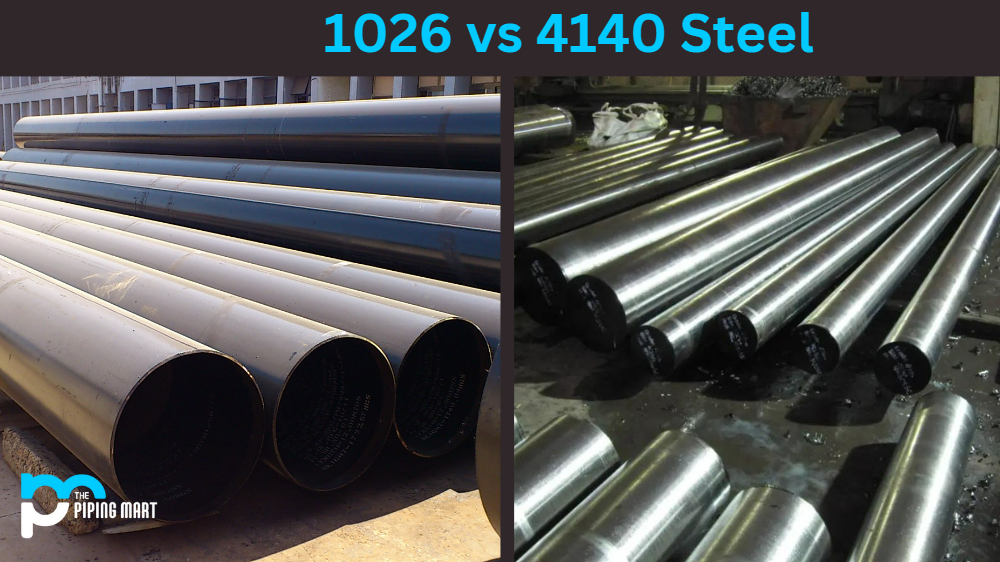Aluminum is a versatile metal that can be used for a variety of applications. From building materials to aerospace components, aluminum plays an increasingly important role in the modern world. But how exactly is aluminum made? In this blog post, we’ll walk you through the process from start to finish.
Aluminum product manufacturing is a complex process that involves multiple stages. The first step of the process starts with creating an alloy by mixing appropriate levels of aluminum and other metals. This provides the proper strength and malleability needed for various types of products. Once the desired alloy has been successfully formulated, it is shaped according to product specifications using various tools such as die casting and plastic molding. Afterward, parts are machined to give them a more precise finish. Finally, after undergoing surface treatments like painting or anodizing, the aluminum parts are ready for assembly and then shipped off to their destination. Clearly, this process requires skillful engineering, precision crafting, and exclusive materials to go through rigorous quality assurance inspections to ensure only top-notch products enter the market.
Aluminum Smelting Process
The process of creating aluminum starts with obtaining bauxite ore, a reddish-brown mineral that contains large amounts of aluminum oxide. The ore is crushed and placed in a large vat called a smelter. In the smelter, the ore is heated to temperatures exceeding 1,000 degrees Celsius (1,832 degrees Fahrenheit). During this heating process, alumina (aluminum oxide) separates from impurities such as silica and other minerals.
Once the alumina has been separated from its impurities, it is then transferred to another vat, where it is melted down into molten aluminum. This molten aluminum can then be formed into sheets or ingots for further processing. After cooling and solidifying, these sheets and ingots are ready for use in various manufacturing processes.
Aluminum Casting Techniques
Once melted down into its liquid form, aluminum can be molded and shaped using various casting techniques such as die-casting or sand-casting. Die-casting is when molten aluminum is poured into molds made from durable materials like steel alloys or copper alloys; this technique produces parts with high precision and repeatability. Sand-casting involves pouring molten aluminum into sand molds; this technique produces parts with higher surface roughness but allows for more intricate designs than die-casting does. Both techniques are used by manufacturers depending on their needs or requirements for their projects.
Conclusion:
No matter which method you choose—die-casting or sand-casting—the result will be parts made out of strong and durable aluminum alloy material that will last for many years to come. Understanding how products are manufactured from start to finish gives us an appreciation for the hard work that goes into making them and an understanding of why each part matters in completing a product’s design intent successfully! With this knowledge in hand, engineering professionals and manufacturing hobbyists alike can create better products using better materials!

Pipingmart is a B2B portal that specializes in metal, industrial and piping items. Additionally, we share the latest information and information about materials, products and various types of grades to assist businesses that are involved in this business.




